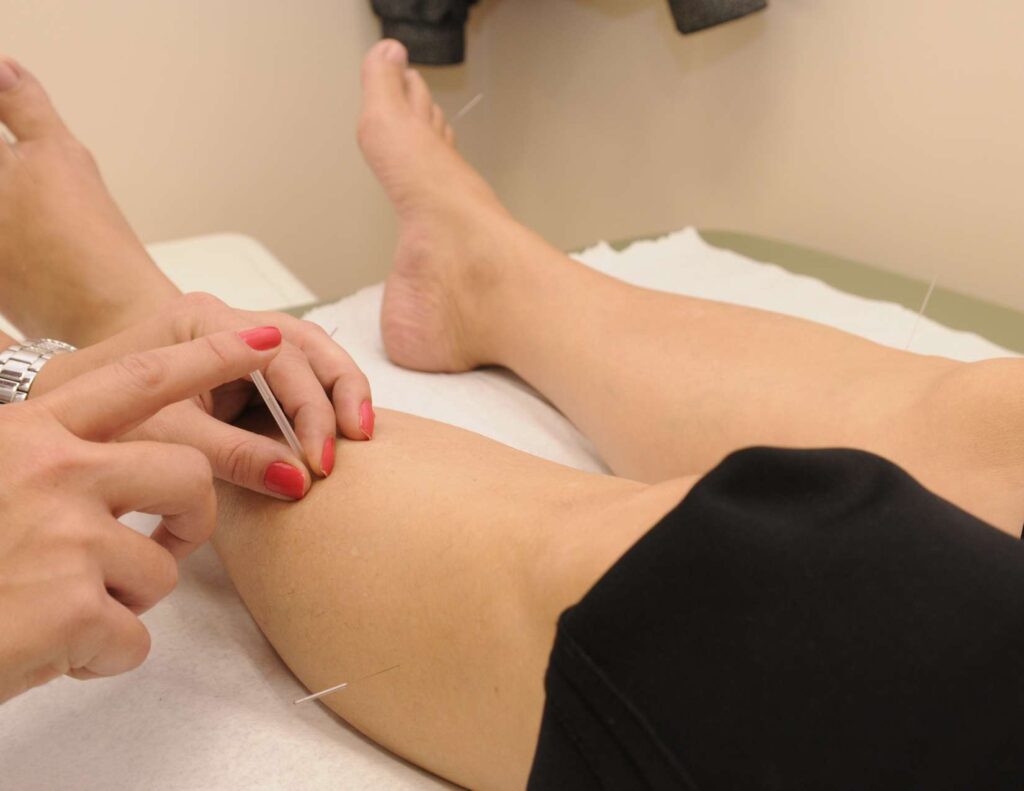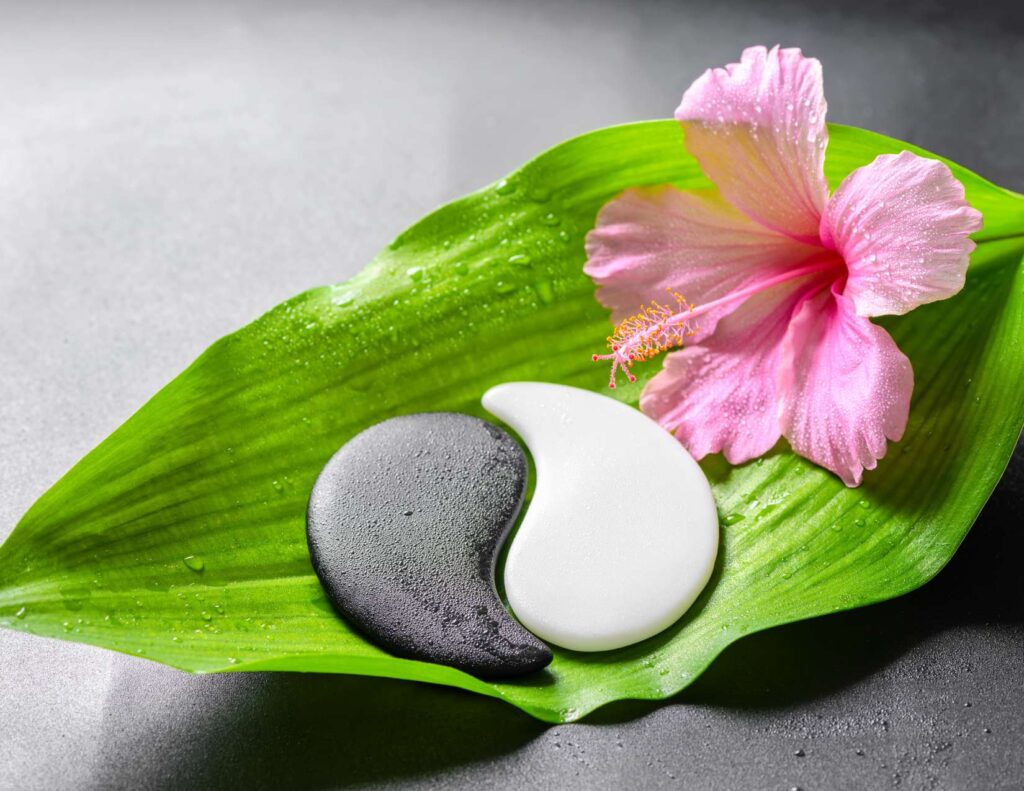Acupuncture for Sciatica Pain: The Holistic Approach
Last Updated on February 12, 2025 by Dr. Tiffany Egan
Sciatica can be a debilitating condition that affects millions of people worldwide. The pain can range from mild to severe, and it can be accompanied by other symptoms such as numbness, tingling, and weakness in the affected area. While medications and surgery are commonly used to manage sciatica, they often come with unwanted side effects and risks. Acupuncture for sciatica pain is a holistic approach that can help alleviate discomfort and other symptoms without the use of drugs or invasive procedures.
Table of Contents

Understanding Sciatica: Causes and Symptoms
Sciatica is a condition that affects the sciatic nerve, which is the longest nerve in the body. It runs from the lower back down to the legs and feet. Sciatica occurs when the nerve is compressed or irritated, causing pain, numbness, and weakness in the affected area.
The most common causes of sciatica include a herniated disc, spinal stenosis, and degenerative disc disease. Sciatica during pregnancy or postpartum sciatica can also cause debilitating symptoms.
I’ve personally experienced sciatica during my pregnancies and postpartum, and it can be so excruciatingly painful. I’m very thankful that I was able to find relief through the combination of acupuncture, chiropractic and massage treatments.
The symptoms of sciatica can vary depending on the severity and location of the nerve compression. Common symptoms include pain in the lower back, buttocks, and legs, numbness or tingling in the affected area, and weakness in the legs. In some severe cases, sciatica can also cause bowel or bladder dysfunction.
The Traditional Treatment for Sciatica: Medications and Surgery
The traditional treatment for sciatica typically involves medications such as pain relievers, muscle relaxants, and anti-inflammatory drugs. While these medications can help manage the pain and other symptoms of sciatica, they often come with unwanted side effects such as drowsiness, dizziness, and nausea. In severe cases, surgery may be necessary to relieve the pressure on the affected nerve.
How Acupuncture Can Help Alleviate Sciatica Pain
Acupuncture is a form of traditional Chinese medicine that involves the insertion of thin needles into specific points on the body. These points are believed to correspond to specific organs and bodily functions. By stimulating these points, acupuncture can help alleviate pain and oftentimes provide immediate relief for sciatic pain.
Acupuncture works by stimulating the body’s natural healing mechanisms. When the needles are inserted into the skin, they stimulate the nerves, muscles, and connective tissues, triggering the release of endorphins and other natural painkillers. This can help reduce pain and inflammation in the affected area.

What to Expect During an Acupuncture Session
During an acupuncture session, the acupuncturist will first conduct a thorough evaluation of your condition and medical history. They will then insert thin needles into specific points on your body, based on your individual needs and symptoms. You may feel a mild sensation or a slight tingling when the needles are inserted, but the process should not be painful.
The needles will be left in place for about 20-30 minutes, during which time you may feel a sense of relaxation or even fall asleep. After the needles are removed, the acupuncturist may also use other techniques such as cupping or moxibustion to further enhance the effects of the treatment.
How Many Sessions of Acupuncture for Sciatica Pain?
The frequency and duration of acupuncture treatments for sciatica can vary depending on the severity and duration of your symptoms. In general, most patients will require several sessions over the course of several weeks to achieve optimal results. The acupuncturist will work with you to develop a treatment plan that meets your individual needs and goals.
The Benefits of Acupuncture for Sciatica Pain
The benefits of acupuncture for sciatica pain can also help improve circulation, reduce inflammation, and promote relaxation and overall well-being. It can also be an effective adjunct therapy for other conditions such as anxiety, depression, and insomnia.

How Successful is Acupuncture for Sciatica?
Recent studies have shown that acupuncture can be a successful treatment for sciatica, providing relief from pain, inflammation and other symptoms associated with the condition. In one study, patients who received acupuncture reported a significant reduction in their sciatica pain compared to those who did not receive any treatment. Another study showed that patients with sciatica experienced a reduction in their pain and improvement in their quality of life after receiving acupuncture treatments.
Acupuncture is generally safe, with few side effects or complications. However, it should be noted that there is still limited research into the effectiveness of acupuncture for sciatica, so further study is needed to better understand its potential benefits.
Can Acupuncture Make Sciatica Worse?
Acupuncture can help ease sciatica symptoms in some cases, but there are also some instances where acupuncture may make the condition worse or “worse before it gets better.” It is important to discuss any concerns with your acupuncturist before beginning treatment. Your acupuncturist will be able to assess your individual situation and determine if acupuncture is right for you and if there is any risk of worsening your sciatica symptoms.

Finding a Qualified Acupuncturist for Sciatica Pain Treatment
When seeking acupuncture for sciatica pain treatment, it is important to find a qualified and experienced acupuncturist. Look for a practitioner who is licensed and certified by a reputable organization such as the National Certification Commission for Acupuncture and Oriental Medicine.
Tips for Preparing for Your Acupuncture Session
To prepare for your acupuncture session, wear loose, comfortable clothing and avoid eating a heavy meal or drinking alcohol beforehand. It is also important to inform your acupuncturist of any medications or supplements you are taking, as these may affect the treatment.
What to Expect After Your Acupuncture Session
After your acupuncture session, you may feel a sense of relaxation and increased energy. You may also experience some mild soreness or bruising at the needle insertion sites, but this should subside within a few days.
You may also want to start a Sciatica Pain Diary if you haven’t yet. This will help you to spot signs of improving sciatica and tell you what is working. Also, it’s important to keep in mind that it sometimes can take weeks or months to fully feel the benefits after trying something new.

Precautions and Contraindications for Acupuncture for Sciatica Pain
While acupuncture is generally considered safe, there are some precautions and contraindications to be aware of. If you have a bleeding disorder, are pregnant, or have a pacemaker, it is important to inform your acupuncturist before treatment.
Acupuncture for Sciatica During Pregnancy
Acupuncture for sciatica during pregnancy is considered safe and can be very helpful in relieving some of the discomfort associated with this condition. It can also help to reduce inflammation, improve circulation and relax tense muscles that may be contributing to the sciatica symptoms.
Make sure to let your acupuncturist know that you are pregnant because there are certain points that should be avoided during pregnancy.
Acupuncture Points that are contraindicated during pregnancy are typically located over the abdomen, lower back and inner thighs. These points should not be stimulated during pregnancy as they can affect the fetus or induce uterine contractions.
Skilled acupuncturists will know where to place the needles and should focus on points below the knee and elbow joints which will help to reduce discomfort in these areas.
The Best Acupuncture Points for Sciatica Pain (if not pregnant)
GB34, ST36, and SP6. Acupuncture therapy can provide some relief from sciatica pain by stimulating the nerves and muscles around the affected area. It can also help to reduce inflammation and promote circulation in the affected area.
Additionally, acupuncture has been shown to improve overall health by strengthening the immune system. By using a combination of these Acupuncture Points and a few other treatments, you can reduce the intensity and frequency of your sciatica pain.
Combining Acupuncture with Other Holistic Approaches for Sciatica Treatment
Acupuncture can be combined with other holistic approaches such as chiropractic care, massage therapy, and herbal medicine to further enhance the effects of treatment. It is important to discuss any complementary therapies with your healthcare provider before starting treatment.
Final Words: How Acupuncture Can Help You Find Relief from Sciatica Pain
Acupuncture for sciatica pain is a safe and effective alternative to medications and surgery for managing sciatica pain. By stimulating the body’s natural healing mechanisms, acupuncture can help reduce pain, inflammation, and other symptoms of sciatica. If you are suffering from sciatica, consider exploring acupuncture as a holistic approach to finding relief from your pain.







